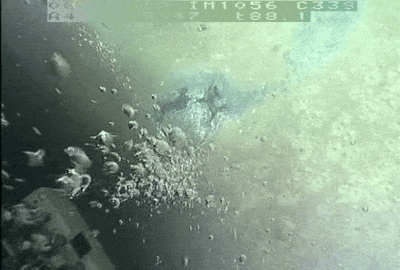Sedimentary basin dynamics and fluid/mechanical coupling
The tectono-stratigraphic reconstruction of depositional sequences, the geometric characterisation of deformation stages and the consideration of the geodynamic context are essential for understanding and modelling fluid circulation in sedimentary basins. Fracturing, fault initiation, propagation and reactivation, and tectonic diagenesis are all phenomena in which the dynamics of fluid/mechanical couplings are involved.
We pay particular attention to the characterisation of fracture networks and their role in fluid migration from outcrop to basin scale, to hydromechanical coupling processes, addressed by in situ experimentation in fault zones, to geophysical imaging and to the 3D/4D reconstruction of complex geological structures (e.g. fault zones, salt tectonics, hidden compressive structures, etc.).
The main basins studied are the South-East Basin and the Pyrenean-Alpine folded foreland of Provence, the Peru and Equator forearc systems, the Sea of Marmara, Black Sea and Adana Basins, and the folded Pontides and Crimean ranges. In the experimental field, following the experiments carried out on clay faults over the period (2012-2017), the flagship objective will be the hydromechanical study of a fault of comparable scale in carbonate rocks (Albion 2 project).
Another type of study is the dynamics of thermohydro-mechanical or hydrothermal sedimentary systems such as the study of the dynamics of active volcanoes (e.g. Piton de la Fournaise, Reunion Island; Kawa Ijen, Indonesia, etc.). The search for draining faults, and the monitoring of the temporal and spatial evolution of the fissure system and hydrothermal cells as a function of the volcano's state of pressurisation/depressurisation, is becoming a major asset in the forecasting of volcanic risk. For this purpose, from spatial measurements of electrical SP (sensitive to water variations) taken on craters at different times (initial condition), it is possible to reconstruct the spatio-temporal potential field in the space z>0. Combining potential theory and wavelet theory, we obtain estimators of the spatio-temporal evolution of the hydrothermal cells (seat of the potential sources) in the volcanic structure (z<0), in relation to the state of pressurisation/depressurisation of the volcano and the evolution of the fissural system, indicators of the eruptive risk (Collaboration with LMV (Clermont-Ferrand); OPGC; Reunion Observatory; Singapore; Earth Sciences Department of Simon Fraser Univ., Canada).


